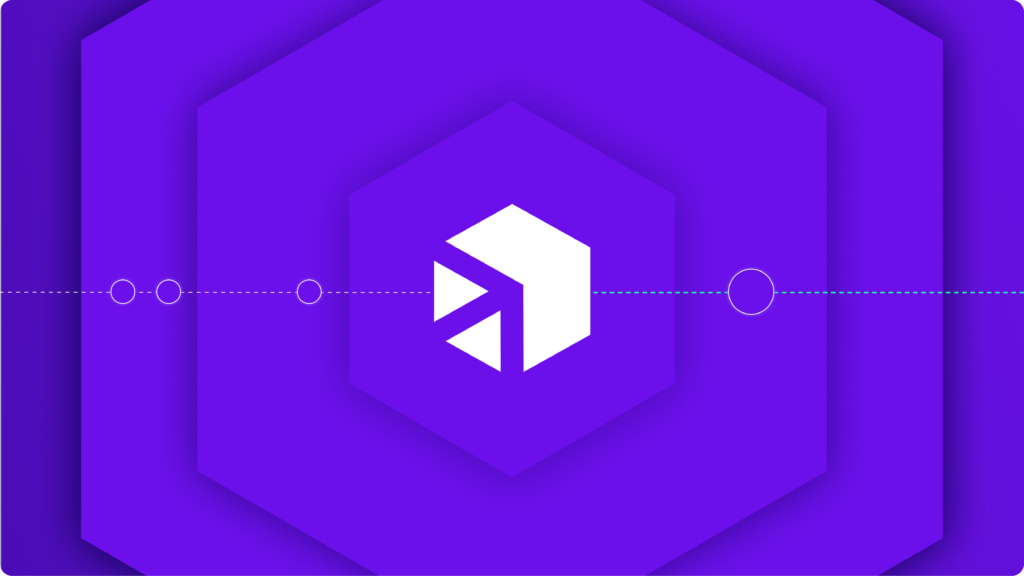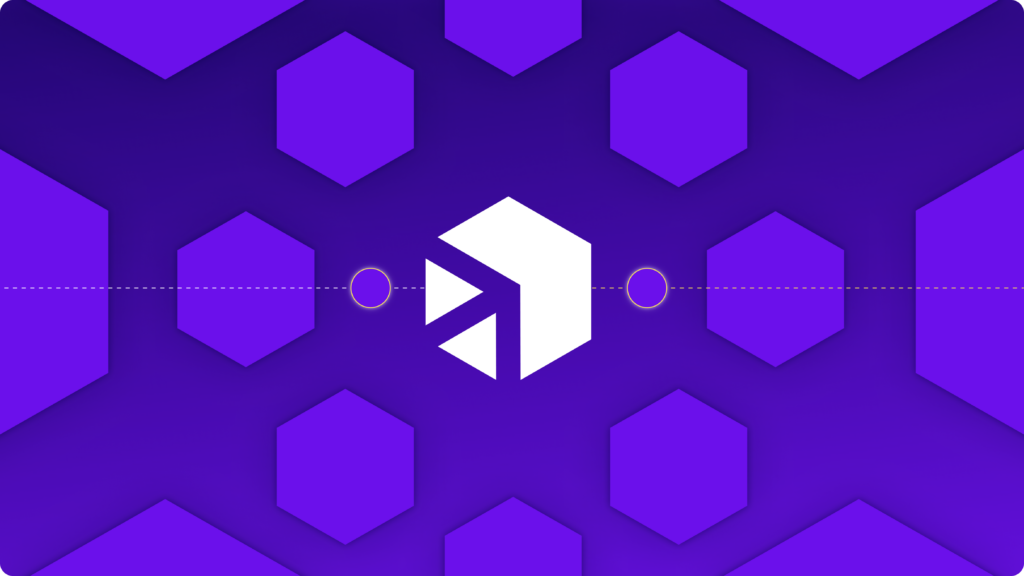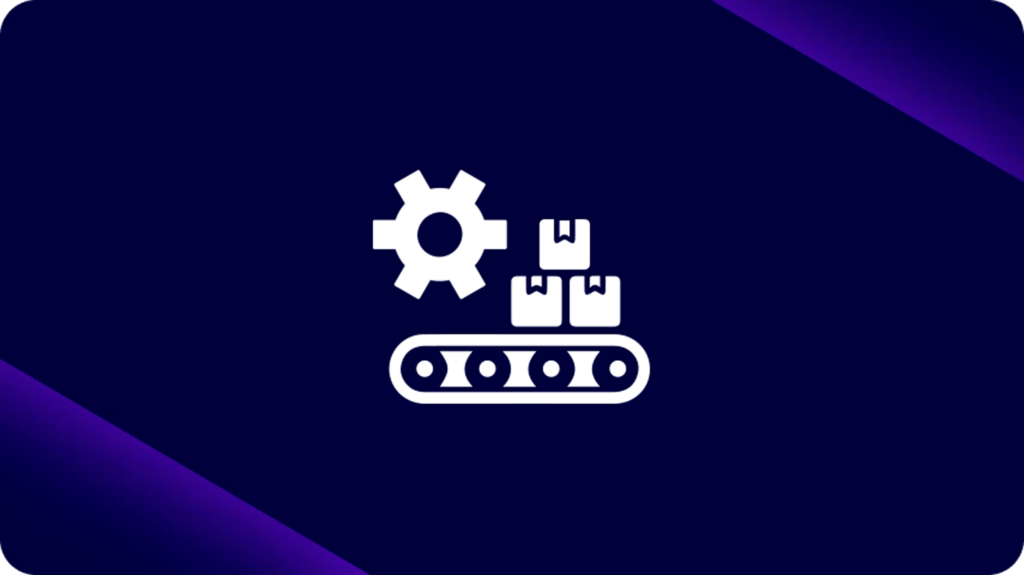fevereiro 29, 2024
Como líder em negócios e tecnologia, algumas das decisões tecnológicas mais importantes que você enfrenta giram em torno da escolha entre adotar um conjunto integrado de soluções de um único fornecedor ou montar uma pilha “best-of-breed” com ferramentas especializadas.
Esse conjunto de decisões forma a base de sua estratégia tecnológica, impactando profundamente a flexibilidade, a inovação e os custos do seu stack de tecnologia à medida que sua organização cresce, se expande e evolui.
>> Agende uma demonstração personalizada com nossa equipe de especialistas e veja como o iPaaS da Digibee trará eficiência ao seu negócio.
Pesando os prós e contras dos ecossistemas de um único fornecedor
Por muito tempo, o apelo da simplicidade e do controle centralizado levou organizações a adotar plataformas consolidadas como SAP, Salesforce, Oracle, Microsoft e IBM, para citar algumas. Mais recentemente, os principais provedores de nuvem – Google, Microsoft Azure e AWS – ofereceram a mesma concentração e controle para aqueles que optam por um único ecossistema central.
Embora essa abordagem possa simplificar operações e reduzir a carga de administração inicialmente, as organizações agora percebem que a conveniência traz um custo sutil, mas significativo, a longo prazo. Depender de um único ecossistema para tudo pode limitar a capacidade de inovação da organização, dadas as restrições das ferramentas oferecidas pelo fornecedor.
Mas mudar a infraestrutura tecnológica não é fácil, então essa decisão exige muita cautela.
Vamos encarar: nenhuma empresa, não importa quão vastos sejam seus recursos, pode alegar liderar o grupo em todas as categorias de produtos. Inevitavelmente, o foco se inclina para as ofertas principais, deixando as soluções auxiliares como considerações orçamentárias posteriores.
Para os fornecedores, isso não é necessariamente uma falha, mas simplesmente uma realidade empresarial. Os produtos de destaque recebem a maior parte da P&D para proteger os principais fluxos de receita, enquanto os periféricos definham. Às vezes, as lacunas de oferta são preenchidas com aquisições, com vários graus de sucesso.
Considere a SAP, a titã dos sistemas ERP e uma maravilha do poder da engenharia. Podemos realisticamente esperar que a SAP despeje essa mesma paixão e energia no desenvolvimento de cada solução auxiliar que um cliente possa precisar? É uma pergunta retórica, mas que ressalta uma mentalidade emergente.
Para permanecerem competitivas, as empresas devem adotar ferramentas especializadas em vez de esperar que um único fornecedor se destaque em tudo.
Avaliando o melhor de cada categoria para vencer no longo prazo
A abordagem alternativa de “melhor da categoria” combina soluções direcionadas de vários fornecedores, cada uma projetada para se destacar em uma capacidade específica. O que se perde em implantação pronta para uso é compensado em personalização e alavancagem de inovação. Seu stack de tecnologia passa a refletir o dinamismo do seu negócio.
Sua pilha de tecnologia reflete o dinamismo do seu negócio.
Embora a adoção de múltiplas soluções aumente a complexidade da integração inicial, as plataformas iPaaS modernas ajudam a conectar aplicações diferentes com segurança e facilidade. E para muitos líderes, a agilidade de negócios a longo prazo proporcionada pelo modelo “melhor de cada categoria” compensa o planejamento de curto prazo.
Não existe uma resposta única, mas a análise dessas dimensões pode orientar as decisões:
Ritmo de inovação
- Os roadmaps são ambiciosos e relevantes?
- O fornecedor lidera ou segue tendências?
Preços
- Quão transparente é o modelo de licenciamento e suporte?
- Todos os custos adicionais estão claros?
Integração
- Que ecossistema de parceria e APIs são oferecidos?
- Com que facilidade você poderia trocar este produto mais tarde?
Flexibilidade
- Se as necessidades mudarem, será escalar ou desescalar o uso?
- Qual é a portabilidade dos seus dados?
SuSuportepport
- O fornecedor oferece assistência empresarial 24 horas por dia, 7 dias por semana?
- Com que rapidez eles resolvem problemas e impedimentos?
O equilíbrio ideal depende de suas prioridades estratégicas. Você pode escolher o melhor da categoria para sistemas de ponta que diferenciam seu negócio, ao mesmo tempo em que opta por uma plataforma integrada para funções de back-office.
Mas, dado o ritmo acelerado da mudança tecnológica, ferramentas especializadas geralmente fornecem a agilidade e a alavancagem de inovação necessárias para competir no futuro. O futuro favorece a adaptabilidade, então posicione sua organização para selecionar a melhor solução para cada necessidade de negócio.
Vamos falar sobre sua abordagem
Com o nosso iPaaS moderno e serverless, nós da Digibee trabalhamos com organizações que adotam diversas abordagens. Muitos de nossos clientes utilizam a integração para a migração de sistemas legados – pois diminuem a dependência de uma única plataforma ou fornecedor.
No outro extremo do espectro, trabalhamos com organizações focadas nas melhores ferramentas, mais avançadas na jornada de transformação digital.
Nós estamos à disposição para conversar e ouvir sobre sua estratégia e os sucessos e obstáculos que você está enfrentando.
Se tiver interesse em conhecer mais sobre o iPaaS da Digibee, que nasceu na nuvem para oferecer uma abordagem de integração mais simples, rápida e moderna, entre em contato para uma demonstração.









